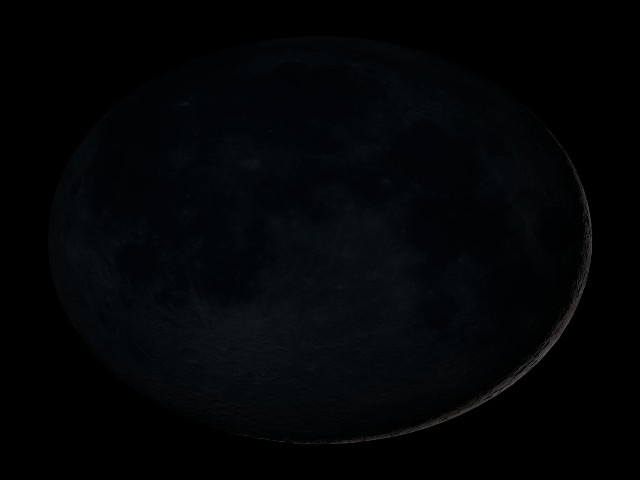Amavasya, or the day of the conjunction of the sun and the moon, occurs once every month and it is a day considered by the Hindus to be specially set apart for the offering of oblations and the performance of religious ceremonies to the Pitris or the spirits of the departed ancestors.
Importance of Mahalaya Amavasya
Such being the general beliefs, what is the reason for the Hindus paying greater attention to the Mahalaya Amavasya, or the new moon day of the month of Kanya (Tamil Purattasi) when the sun is in the sign Virgo? The Itihasa, a great authority on the religious rites of the Hindus, says that the moment the sun enters the sign Virgo (Kanya) the departed spirits, leaving their abode in the world of Yama, the Destroyer, come down to the world of man and occupy the houses of their descendants in this world. Therefore the fortnight preceding the new moon of the month of Kanya is considered the fortnight which is especially sacred to the propitiation of the Manes or departed spirits. “Dine dine Gaya tulyam” – The ceremonies in honour of the Manes performed during each day of this fortnight are considered to be equal to the ceremonies performed in the sacred city of Gaya. But instead of performing these rites on each of the days of the fortnight, most Hindus do so only on one of the days. Orthodox Hindus, however, perform ceremonies on every one of the days of this fortnight. These ceremonies terminate on Mahalaya Amavasya day, which is therefore observed with greater sanctity than other new moon days.
Belief about the Mahalaya Amavasya
If through unavoidable causes, any Hindu is not able to perform his Mahalaya rites during the course of the fortnight preceding the Mahalaya Amavasya, he is allowed as a concession to perform the same in the fortnight succeeding this new moon, because it is said that the Manes continue to linger in his house, expecting him to perform the ceremonies, till the sun enters the sign Scorpio (Vichchhika), i.e. till about the next full moon day. If even by that time a Hindu has not performed these ceremonies to the Manes they are said to become disgusted with him and return to the world of Yama after cursing their descendants in this world. “Vrichchhika darsanat yanti nirasa pitaro gatah”.
Such is the belief about the Mahalaya Amavasya and the two lunar fortnights which precede and succeed it. The month of Kanya is thus reserved for the worship of departed spirits and the most propitious portion of the month for such worship is the fortnight preceding the Mahalaya Amavasya. Generally speaking, every Hindu strictly observes his Mahalaya. If he is careless about it, he will find it difficult to have a peaceful time with the old ladies in his house.
Read Also: Gayatri Mantra: Meaning, Significance, and Interpretation of Mantra




[…] puja or Durgotsava starts off a chain of festivals that end with Saraswati Puja. Mahalaya and the pre-dawn recitation from the Chandi announce the advent of Durgotsava. Preparations and […]